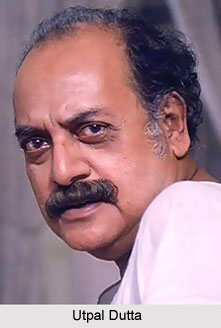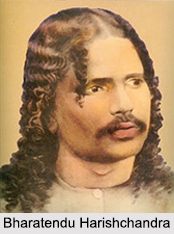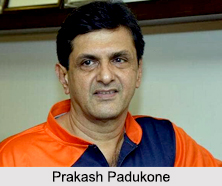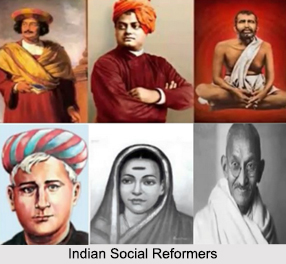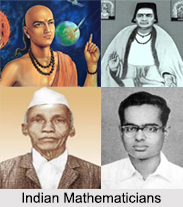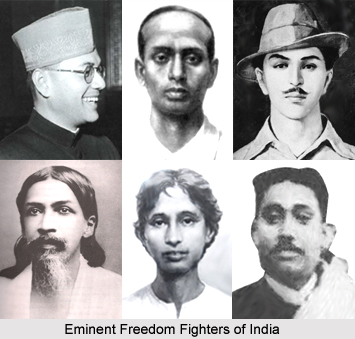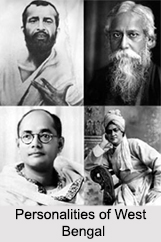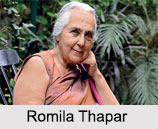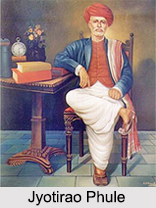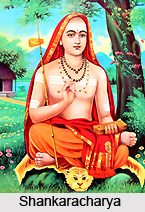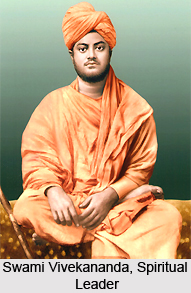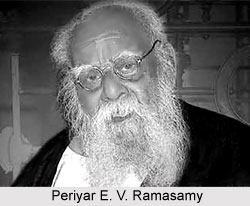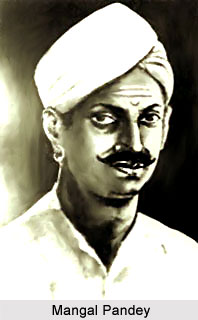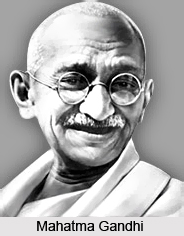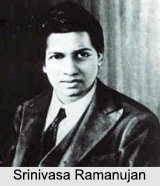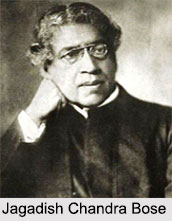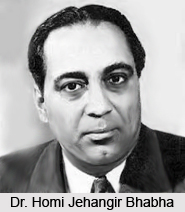 Dr. Homi Jehangir Bhabha was a renowned and respected Indian atomic scientist and a nuclear physicist. He is regarded as the Father of Nuclear Programme of the country and he was also the leading architect of the atomic energy program in India. Bhabha was also responsible for the creation of two leading institutions namely Tata Institute of Fundamental Research and Bhabha Atomic Research Centre. He also laid the foundation of a scientific establishment in India with the help of Jawaharlal Nehru. Homi Bhabha became the Chief Technical Adviser on nuclear energy to the Prime minister. He was the administrative head and developed nuclear weapons, along with Jawaharlal Nehru. He is well known as a scientist for deriving an accurate expression for the probability of scattering positrons by electrons, which is known as Bhabha scattering.
Dr. Homi Jehangir Bhabha was a renowned and respected Indian atomic scientist and a nuclear physicist. He is regarded as the Father of Nuclear Programme of the country and he was also the leading architect of the atomic energy program in India. Bhabha was also responsible for the creation of two leading institutions namely Tata Institute of Fundamental Research and Bhabha Atomic Research Centre. He also laid the foundation of a scientific establishment in India with the help of Jawaharlal Nehru. Homi Bhabha became the Chief Technical Adviser on nuclear energy to the Prime minister. He was the administrative head and developed nuclear weapons, along with Jawaharlal Nehru. He is well known as a scientist for deriving an accurate expression for the probability of scattering positrons by electrons, which is known as Bhabha scattering.
Early Life of Dr. Homi Jehnagir Bhabha
Dr. Homi Jehnagir Bhabha was born on 30th October, 1909 in Mumbai. His father Jahangir Bhabha was a reputed advocate who served the Tata Enterprises. His mother`s name was Meheran. Dr. Homi Jehangir Bhabha with his super active brain and rapid flow of thoughts at the age of fifteen was capable of understanding Einstein`s book on Relativity. He studied at Bombay`s Cathedral Grammar School and later at Elphinstone College. He also joined the Royal Institute of Science and later the Caius College of Cambridge University. He completed B.S. in Mechanical engineering from Cambridge University. Dr. Homi Jehnagir Bhabha was employed in Tata Steel Mills for a brief duration. Later in 1928, he attended a graduate programme and completed M.S. in Mechanical engineering.
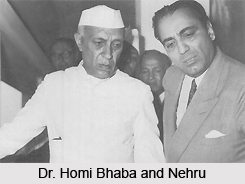 Researches of Dr. Homi Jehnagir Bhabha
Researches of Dr. Homi Jehnagir Bhabha
Dr. Homi Jehnagir Bhabha had secured many scholarships. In 1932, Dr. Bhabha was awarded the Rouse Ball Travelling Studentship for two years. He worked with W. Pouli in Zurich and Enrico Fermi in Rome. During this period he was awarded the Isaac Newton Fellowship in 1934 and the1851-Exhibition Studentship in 1936. Bhabha also came into close contact with famous scientists like Rutherford, Dirac, Niels Bohr and Heitler. Paul Dirac greatly influenced Bhabha during his study of Mechanical Engineering at Cambridge; to pursue an education in theoretical physics. This association greatly influenced his research and way of life.
Contributions of Dr. Homi Jehnagir Bhabha
Dr. Homi Jehnagir Bhabha enriched the world of Physics with his unique contribution Bhabha-Heitler Cascade Theory. With Heitler Bhabha presented the Cascade Theory of Electron Showers, in 1937. It explains the course of electron showers in cosmic rays. This research brought fame to Bhabha. Dr. Homi Jehnagir Bhabha returned to India for a holiday in 1939 during the time of the Second World War. Bhabha did not return to England and this was indeed fortunate for India. Bhabha decided to devote his life to the service of his motherland. In 1940, Bhabha joined the Indian Institute of Science as Reader in Theoretical Physics. He ushered the responsibility of building a new department to undertake research on cosmic rays. In 1941, he was elected a member of the Royal Society, when he was only 31. Bhabha became a professor in the Indian Institute of Science in 1942. The University of Cambridge also awarded the Adams Prize to him.
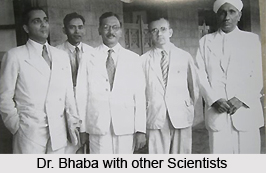 Bhabha was invited to join the staff of Oxford University. But he did not accept the invitation as his desire to build an excellent institution of research in India. He dreamt of building a modern India. Analysing the socio- economic problems of the country, he was quite convinced that science was the only means for the progress of India. However, equipments and facilities needed for research in Atomic Physics were not available in the country in those days. Bhabha wrote a letter to the Dorabji Tata Trust on March 13, 1944. Bhabha`s plan was a basic stage from which a school of physics was born. His letter clearly illustrates his far-sightedness and patriotism as it was written almost a year before the atom bombs fell on Hiroshima and Nagasaki.
Bhabha was invited to join the staff of Oxford University. But he did not accept the invitation as his desire to build an excellent institution of research in India. He dreamt of building a modern India. Analysing the socio- economic problems of the country, he was quite convinced that science was the only means for the progress of India. However, equipments and facilities needed for research in Atomic Physics were not available in the country in those days. Bhabha wrote a letter to the Dorabji Tata Trust on March 13, 1944. Bhabha`s plan was a basic stage from which a school of physics was born. His letter clearly illustrates his far-sightedness and patriotism as it was written almost a year before the atom bombs fell on Hiroshima and Nagasaki.
The Tata Trust founded the Tata Institute of Fundamental Research in 1945. The Government of India gave financial support to the Institute. Dr. Bhabha was appointed its first Director, and he took the responsibility of shaping the institute. India thus took the first step on the journey of nuclear science. J. R. D Tata and Jawaharlal Nehru gave support and encouragement to Dr. Bhabha in his work.
In Geneva in the year 1955, Dr. Homi Jehnagir Bhabha represented the country in International Atomic Energy Forums, and as President of United Nations Conference on the Peaceful Uses of Atomic Energy. Bhabha was the first to advocate, from international forums, the peaceful uses of atomic energy. The construction of India`s first atomic power plant began at Tarapur, Maharashtra in 1963. Two years later a plutonium plant was installed. In 1963 Dr. Bhabha was elected as the President of the National Institute of Sciences of India. Bhabha was a member of many scientific advisory committees of the United Nations and the International Atomic Energy Agency. He also served as the Chairman of the Scientific Advisory Committee to advise the Government of India.
Awards received by Dr. Homi Jehnagir Bhabha
Success and glory came to Dr. Homi Jehnagir Bhabha from all corners of the world through out his lifetime. He was awarded honorary doctorates by several Indian and foreign universities. Among these universities are London, Cambridge, Padova, Perth, Benaras, Agra, Patna, Lucknow, Allahabad, Andhra Pradesh and Aligarh. In 1948, he received the Hopkins Prize of the Cambridge Philosophical Society. He was elected the President of the Indian Science Congress in 1951. In 1954, he was conferred with the prestigious Padma Bhushan Award for his outstanding contribution to nuclear science. He was an honorary fellow of many earned institutions.
Personal Life of Dr. Homi Jehnagir Bhabha
Dr. Homi Jehnagir Bhabha was also a painter and a classical music and opera enthusiast as well as an amateur botanist. He encouraged research in electronics, space science, radio astronomy and microbiology. The famed radio telescope at Ooty, Tamil Nadu was his initiative that became a reality in the year 1970.
Dr. Homi Jehnagir Bhabha died in an airplane crash in Air India Flight 101 on January 24, 1966. The flight crashed near Mont Blanc. As a tribute to Dr. Bhabha, the Atomic Energy Establishment, Trombay, was renamed as the Bhabha Atomic Research Center, on 12th of January, 1967. Few other noted institutions in his name are Homi Bhabha National Institute and the Homi Bhabha Centre for Science Education, Mumbai.

